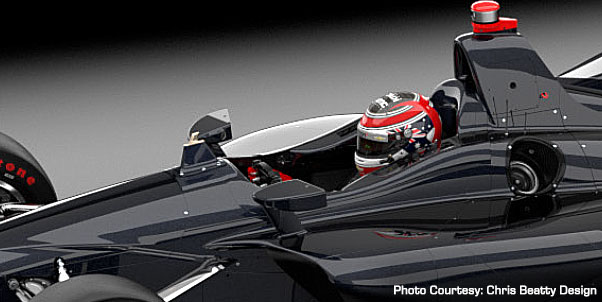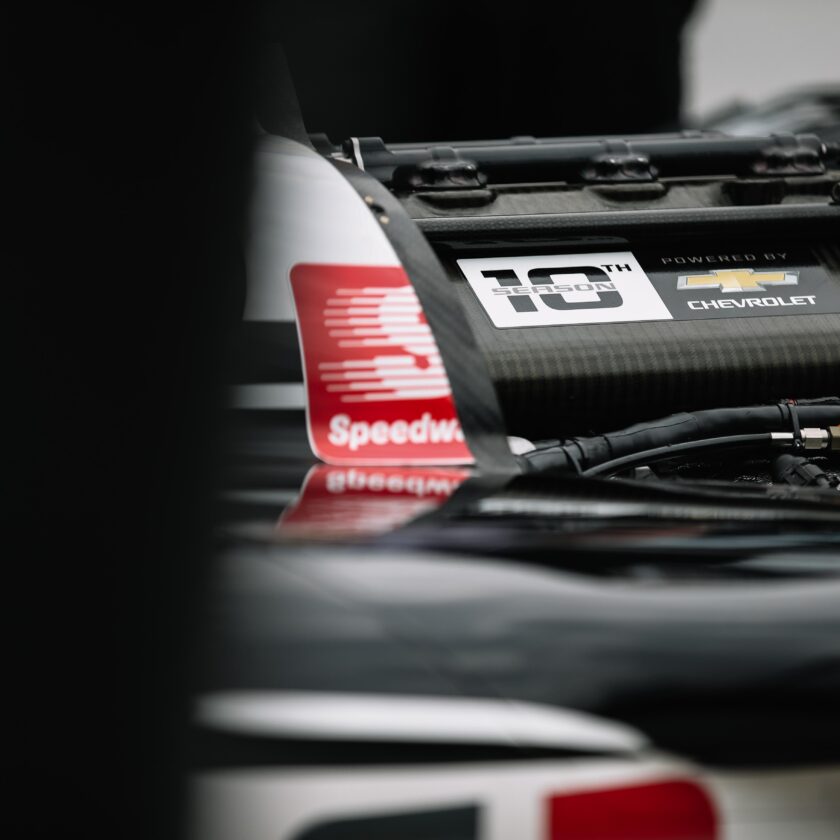The NTT IndyCar Series continues to improve the drivers safety. Their focus area at the moment is the head area of the driver.
There are many kinds of head protection in all kinds of motorsport. In Formula 1 and other FIA we have the HALO version, while Indycar has worked on a windscreen, like you know from jet fighter planes, but without fully enclosing the drivers head at the top.
The plan was so far ahead, that there was testing going on at the collective test in Phoenix a year ago. These tests went very well, and the drivers gave some positive feedback, but still with a few areas to improve.
PPG, who is the constructor of the windscreens, has continued development, but they have found some things, making it impossible to implement the solution in the near future – without revealing further details of what the exact issue is.

Graphics: Chris Beatty Design
So Dallara has stepped in with a new solution to protect the drivers. It’s named Advanced Frontal Protection (AFP), and is about 8 centimetres tall and about 2 centimetres wide, and looks like a shark fin.
It will be mounted in front of the cockpit, and will deflect potential debris coming towards the drivers head.
Dallara has said that it’s not possible to mount a HALO on the current cars, so this solution is the best option possible at the moment.
The AFP will be tested in the rear world on 24 April at the Indianapolis Motor Speedway oval, and will be mandatory for all cars competing in the Indianapolis 500 in May 2019, and will stay on the cars for the rest of the season post that race.
The NTT IndyCar Series starts on 10 March in St. Petersburg, Florida – but without the AFP solution on the cars.



